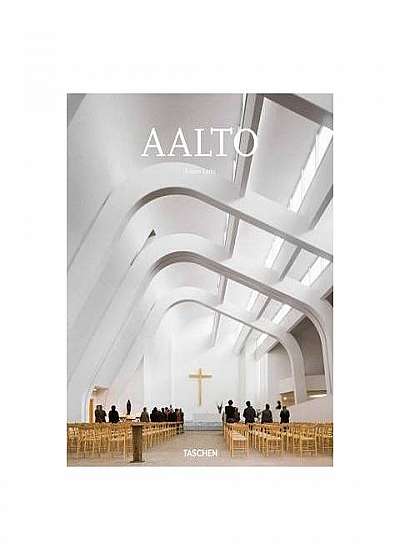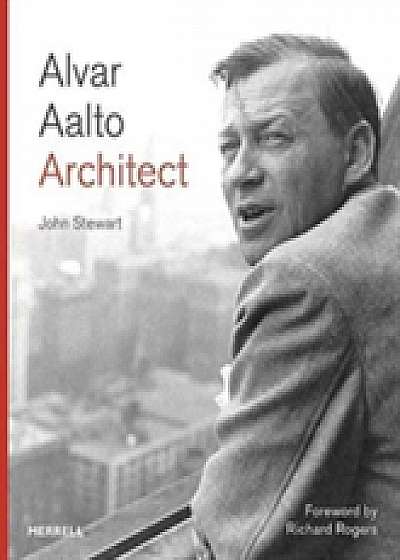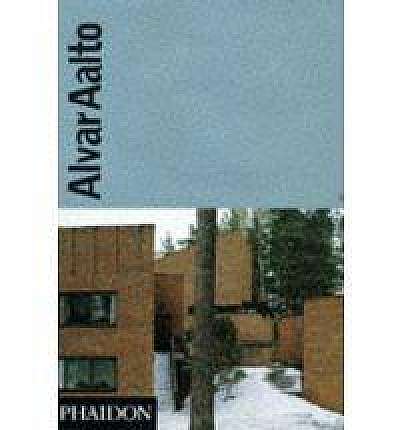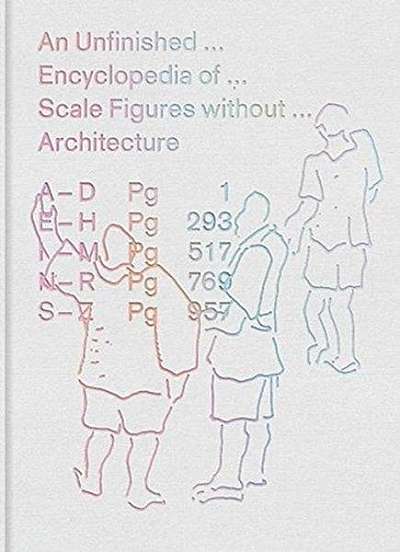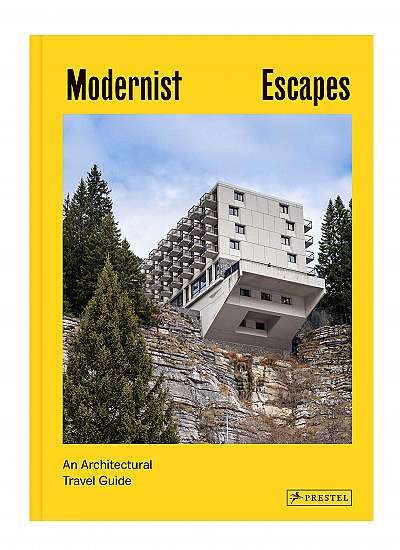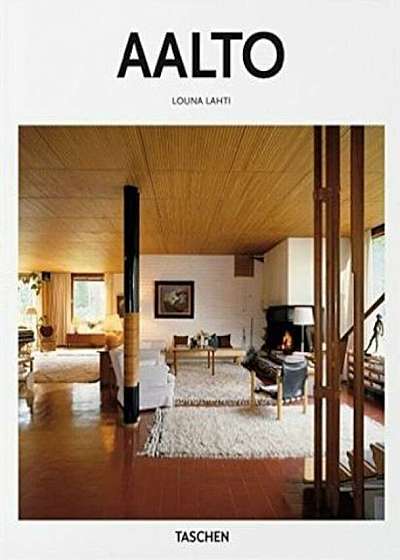
Aalto
Descriere
Modern grace: Lyrical forms from Finland Alvar Aalto (1898 1976) made a unique modernist mark. Influenced by both the landscape and the political independence of his native Finland, he designed warm, curving, compassionate buildings, wholly set apart from the slick, mechanistic, geometric designs that characterized much contemporary European practice. Whether a church, a villa, a sauna, or a public library, Aalto's organic structures tended to replace plaster and steel with brick and wood, often incoporating undulating, wave-like forms, which would also appear in his chair, glassware, and lamp designs. An adherent to detail, Aalto insisted upon the humanity and societal role of architecture, stating: “Modern architecture does not mean using immature new materials; the main thing is to work with materials towards a more human line.†Many of his public buildings such as Säynätsalo Town Hall, the lecture theatre at Otaniemi Technical University, the Helsinki National Pensions Institute and the House of Culture, Helsinki may be seen as psychological as well as physical landmarks in the rebuilding of Finland after the ravages of war. This book brings together Aalto's key works to introduce the architect hailed as a champion of environmentally sound, progressive design, with a deep-rooted sense of home. Finnish-born Louna Lahti worked for the Alvar Aalto Society for many years, first as exhibition secretary and later as treasurer, before establishing her own firm in 1984. She has lectured and published extensively on visual arts and architecture. Peter Gössel runs an agency for museum and exhibition design. For TASCHEN he published monographs on Julius Shulman, R. M. Schindler, John Lautner and Richard Neutra as well as several titles in the Basic Architecture Series. About the Series Each book in TASCHEN’s Basic Architecture Series features: an introduction to the life and work of the architect; the major works in chronological order; information about the clients, architectural pre
